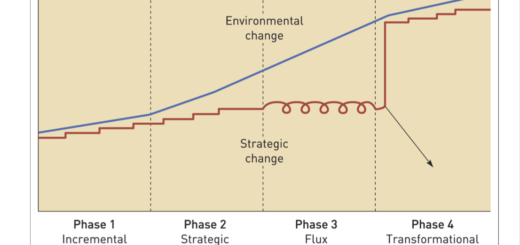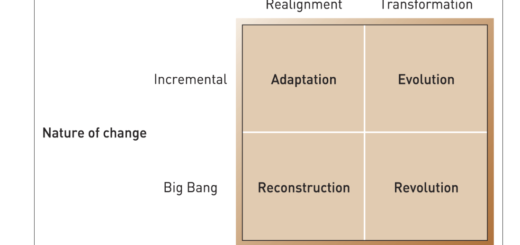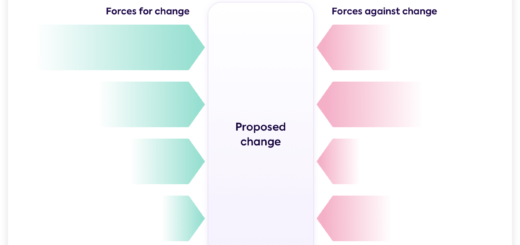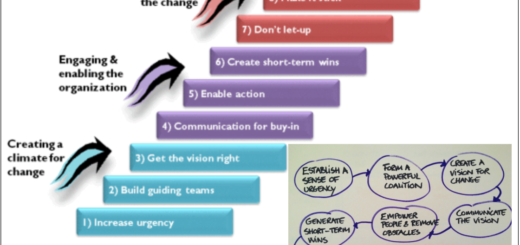Job Analysis
Job analysis is the process of identifying and describing the duties, responsibilities, tasks, and requirements of a particular job role within an organization. It involves collecting information about the job, such as the knowledge, skills, and abilities required to perform the job, as well as the working conditions, physical demands, and necessary qualifications.
Job analysis is typically conducted by human resources professionals, managers, or subject matter experts who have an in-depth understanding of the job role. The information gathered through job analysis is used to create job descriptions, which provide a detailed overview of the job duties, responsibilities, and qualifications required for the position.
The primary purpose of job analysis is to provide a clear understanding of the job role and its requirements, which can be used for a variety of human resource management purposes, including recruitment, selection, training, performance management, and compensation. Job analysis also helps to ensure that jobs are aligned with the organization’s goals and objectives and that employees have a clear understanding of their roles and responsibilities.
Overall, job analysis is a critical process in human resource management, as it provides the foundation for effective workforce planning and management. By conducting job analysis, organizations can ensure that they have the right people in the right roles, with the necessary skills and qualifications to perform their jobs effectively.
Steps of Job Role Analysis
Conducting a job/role analysis within an organization typically involves a systematic process of gathering, analyzing, and interpreting information about a particular job or role. While there are various methods and techniques that can be used to conduct job/role analysis, the following are some common steps that organizations can take:
- Identify the job/role to be analyzed: The first step is to identify the job/role that needs to be analyzed. This may involve reviewing job descriptions, organizational charts, or other relevant documentation to determine the scope of the analysis.
- Collect information about the job/role: Once the job/role has been identified, the next step is to gather information about the job/role. This can be done through various methods, such as:
- Observation: Observing the job being performed by the incumbent to gain an understanding of the tasks and responsibilities involved.
- Work diaries: Asking the incumbent to maintain a record of their work activities, tasks, and responsibilities over a certain period of time.
- Interviews: Conduct structured or unstructured interviews with the incumbent, their supervisor, and other stakeholders to gain insights into the job/role.
- Questionnaires: Distribute questionnaires to the incumbent and other stakeholders to collect information about the job/role.
- Analyze the information: Once the information has been collected, the next step is to analyze it to identify the key tasks, responsibilities, and requirements of the job/role. This may involve categorizing the information and identifying patterns and themes.
- Develop the job/role analysis report: Based on the information gathered and analyzed, the final step is to develop a job/role analysis report that documents the key findings and conclusions of the analysis. The report may include information about the essential job duties, knowledge, skills, and abilities required for the job/role, as well as any relevant training and development needs.
Overall, conducting a job/role analysis requires a systematic approach that involves gathering information from multiple sources and analyzing it to gain a comprehensive understanding of the job/role. By conducting a thorough job/role analysis, organizations can ensure that they have a clear understanding of the essential requirements and responsibilities of each job/role, which can help them build effective teams and achieve their organizational objectives.





